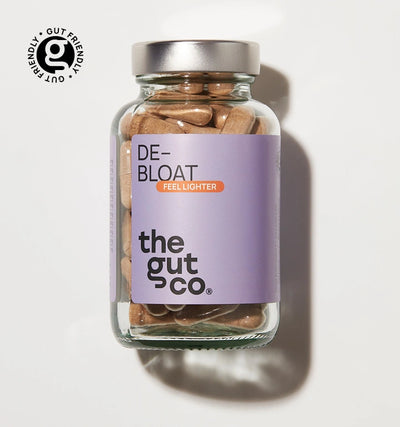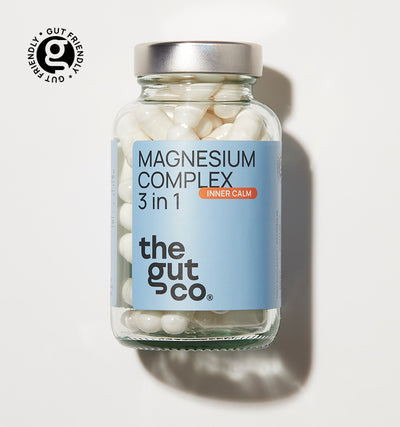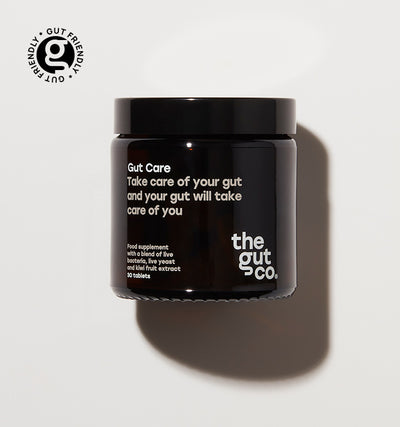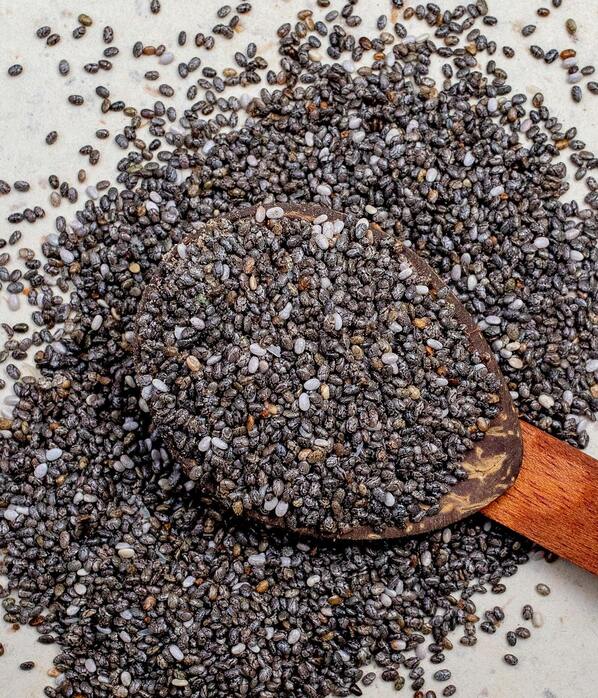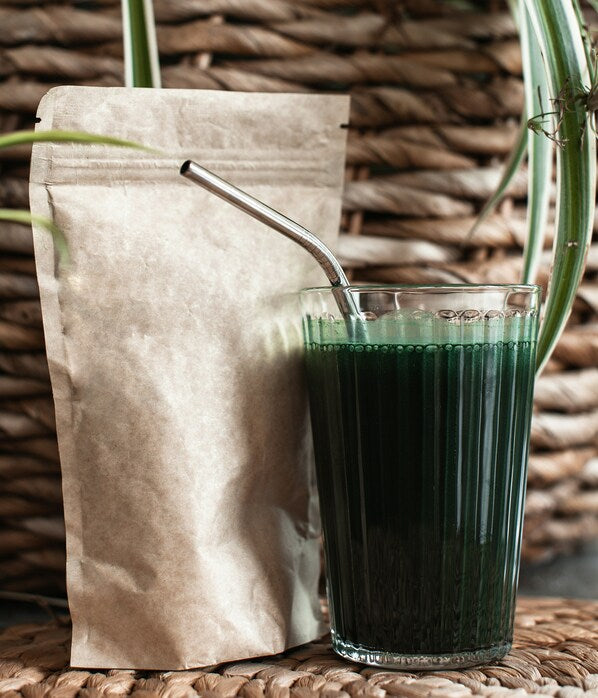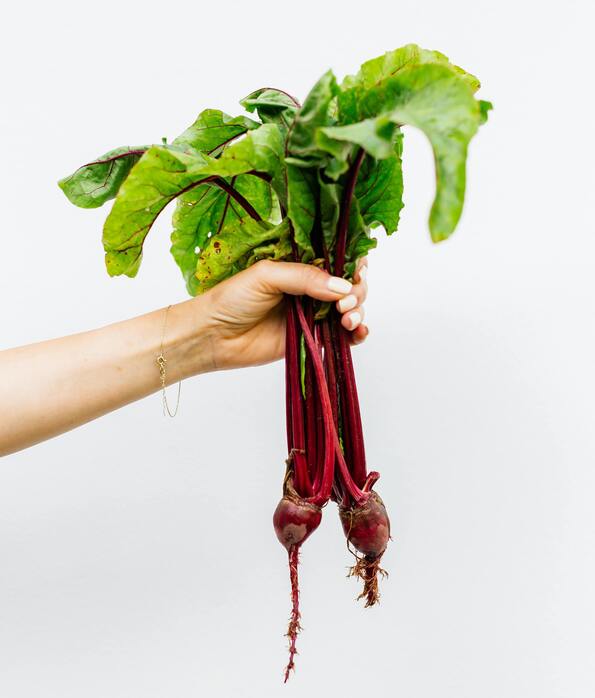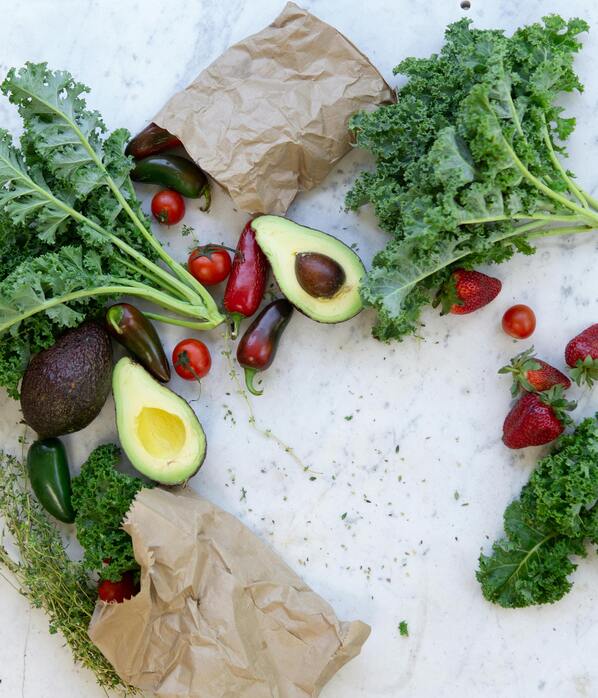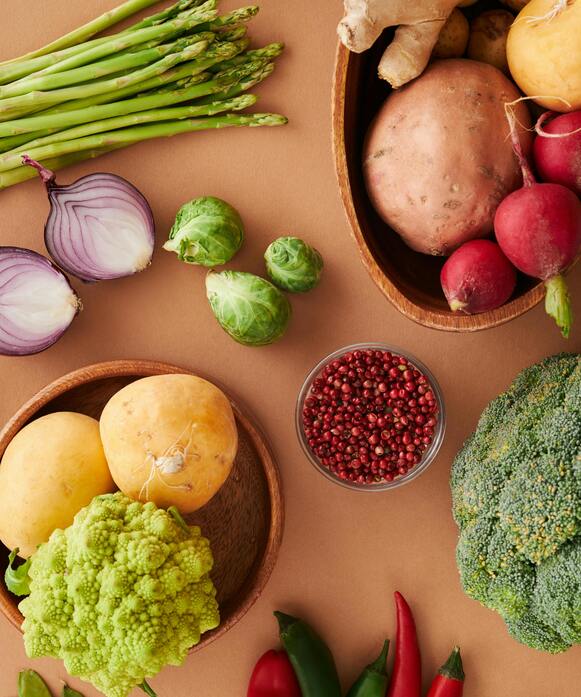Fermented Foods & Gut Health: Top 10 Fermented Foods
Date:
28 Jul 2023

“Fermented food” is a big buzzword in the gut health space at the moment, and for good reason!
These days when you think of fermented foods, you may visualise the likes of kombucha, kimchi, and kefir, which we will get to soon.
But did you know that the fermentation process goes way beyond the latest health food trends? It’s been the driving force behind some of our all-time favourite foods and drinks, such as beer, wine, chocolate, coffee, and yoghurt.
Not only has the fermentation process allowed us to prolong the freshness of certain foods, but it’s also a convenient way to obtain a daily dose of probiotic bacteria.
Read on to learn more about the fermentation process, the health benefits of consuming fermented foods, and our top 10 recommended fermented foods!
Fermentation: The Process Explained
The fermentation process is an ancient method of food preservation and transformation. It involves the conversion of carbohydrates, such as sugar and starches, into alcohol, acids, or gases by microorganisms like bacteria, yeasts, or moulds.
These microorganisms break down the sugars in food, producing various compounds that give fermented foods their unique flavours and health benefits.
In a nutshell, the process would follow these steps:
Step 1: Starter Culture
The fermentation process begins with introducing a start culture. In other words, specific strains of beneficial microorganisms.
Step 2: Metabolic Process
These beneficial microorganisms consume the sugars in the food and convert them into different byproducts such as alcohol, lactic acid, or acetic acid.
Step 3: Transformation
As the sugars are broken down, the food will undergo a variety of transformations, from texture and taste, to smell and flavour.
Step 4: Preservation
The production of the byproducts mentioned above creates an acidic environment that helps preserve the food by preventing the growth of harmful bacteria. This is part of the process that allows certain foods to have a longer shelf life.
Step 5: Probiotic Enrichment
The fermentation process can also enrich foods with beneficial bacteria or yeasts, known as probiotics.
While this is a pretty clear step-by-step overview of the process, it’s key to note that different foods have slightly different processes and involve different microorganisms.
For example, yoghurt is fermented using specific strains of bacteria, while beer involves yeast fermentation. Not only this, but the duration of fermentation can also vary, from hours to months, depending on the desired outcome and type of food.
In summary, the fermentation process is nothing short of fascinating. It not only transforms the taste and texture of foods, but it can also offer a range of health benefits by introducing beneficial bacteria to our gut, thus improving digestion, strengthening immunity, enhancing nutrient absorption, and bringing balance to the microbiome.
With all these gut-healthy benefits in mind, let’s take a look at our top 10 fermented foods!
Top 10 Fermented Foods
These fermented foods are some of our personal favourites. They offer a range of flavours, textures, and health benefits, making them a delicious addition to a variety of meals.
Sauerkraut
Sauerkraut is a fermented cabbage dish that originated in Germany. It is created by fermenting shredded cabbage with salt. The result is a delicious tangy and crunchy condiment packed with probiotics. It also makes a great hot dog topping or burger filling!
Kombucha
Kombucha is made by fermenting sweetened black or green tea with a symbiotic culture of bacteria and yeast (SCOBY). This results in a fizzy and tangy tea beverage, a popular health drink known for its gut-healthy benefits and the variety of refreshing flavours available.
Kimchi
Kimchi is a traditional Korean side dish made from fermented vegetables, largely from cabbage and radishes. It’s seasoned with a blend of spices such as chilli, garlic, and ginger. For this reason, it’s known for its spicy and tangy taste. Kimchi very often has a hot kick to it, so makes a great addition to any dish that requires a side of healthy heat!
Yoghurt
A classic fermented food, yoghurt is made by fermenting milk with specific strains of bacteria, such as Lactobacillus bulgaricus and Streptococcus thermophilus. The fermentation process converts lactose into lactic acid, which is what gives yoghurt its creamy texture and slightly tangy flavour. Yoghurt is not only a great source of probiotics, but also calcium and protein, making it a staple in many people’s diets.
Tempeh
Tempeh is a traditional Indonesian food made with fermented soybeans. The fermentation process binds the soybeans together into a firm, cakey texture. It’s been described as having a nutty flavour, making it a popular meat substitute, particularly due to its high protein content.
Miso
Also made from fermented soybeans, along with salt and a fungus called koji, miso is a traditional Japanese seasoning. It is often used as a savoury flavouring to soups, marinades, and sauces, and comes in different varieties ranging from light to dark. Each one has its own unique taste and characteristics. Miso soup is a must-try.
Kefir
Kefir is a fermented milk that originated in the Caucasus region. It’s made by fermenting milk with kefir grains, which are a combination of bacteria and yeast cultures. Kefir is like a yoghurt drink which you can get in a range of tasty flavours.
Pickles
The humble pickle can be a staple in many popular dishes, from Mcdonald's burgers to traditional salads and sandwiches. Pickles are essentially cucumbers or other vegetables that have undergone the fermentation process in a brine solution or vinegar. This is what gives pickles their distinctive sour, yet delicious, taste. They also make a great gut-healthy snack!
Natto and Soy Sauce
Natto is a traditional Japanese dish, also made from fermented soybeans. It has a distinctive flavour and a slimy texture, often enjoyed as a breakfast food. Natto is a very rich source of nutrients and is thought to have various health benefits. Another popular soy product is soy sauce, a staple condiment in Asian cuisine. Soy adds a savoury, umami flavour to many dishes.
Summary
There we have it, the top 10 fermented foods, each with their own distinct tastes, textures, and smells, and all providing a variety of health benefits for the gut and beyond.
Let us know if you try any of these foods and how you enjoy them!
Related Articles
How do I know if my gut is healing?






